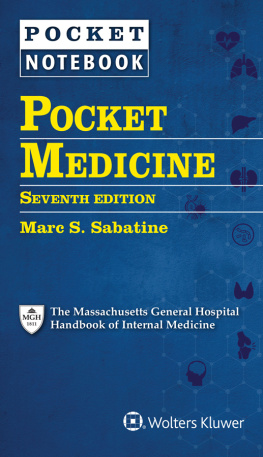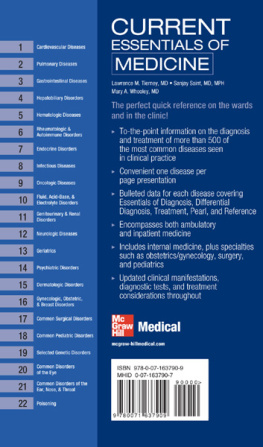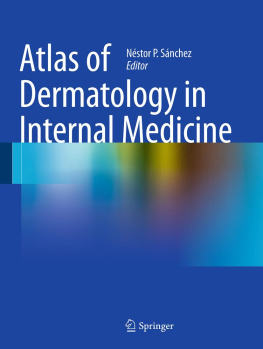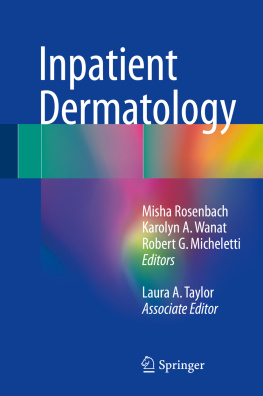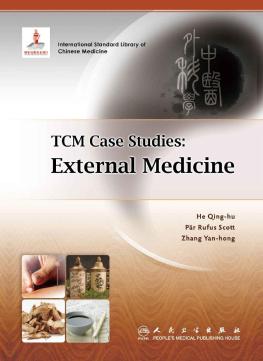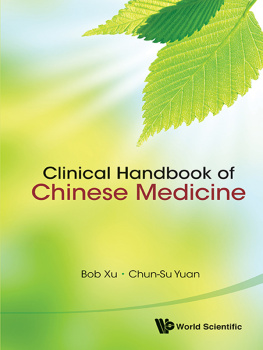Introduction
This book was written to help guide all medical professionals. It is not meant to be inclusive of everything you will encounter in internal medicine (if you wanted that, you could read Harrisons, uptodate, or Pocket Medicine), but rather to provide evidence based approaches to common workups and diseases in our field.
This book is meant more for hospital based medicine rather than outpatient. However, a lot of the diseases and workups in the text are common/overlap to the outpatient setting, and include what a primary care physician should be doing to prevent disease in a patient and what to do post hospitalization.
The text starts with common workups. These may include things you are paged for about a patient you are taking care of or when cross covering, rapid responses, or new patients that are being admitted from the ED. It is a quick approach to the patient with their complaint, and things you should look out for and not miss. Management in this section is brief, but allows you to stabilize/support the patient while you come up with their diagnosis and ongoing treatment plan.
The next section is common diseases seen in the field of internal medicine. These chosen diseases are based on both personal experience and research. It is obviously not inclusive to all patients you will see in the hospital as the scope of that is too broad for this book. It is meant to cover the bread and butter of internal medicine. Each section includes the approach to the history/physical, differential, labs/imaging, diagnostic/treatment algorithms, treatment, etiologies, risk factors, pathogenesis, complications, prevention, and general admission orders. Included in this section are landmark clinical trials that support the information in the text.
There is a section on miscellaneous topics in internal medicine, such as inpatient diabetes management, approach to reading CXRs/EKGs, etc.
Not everyone will go on to become a pulmonary/critical care physician, but you may be spending a good amount of time in the ICU. I have placed a section specifically for ICU basics that every internal medicine professional should understand, such as DKA, shock differential, vasopressors, and indications for intubation. This section is obviously not inclusive of all you will need to know.
The last section is common drugs you will be prescribing.
My sources included Harrisons, Pocket Medicine, uptodate, MKSAP, etc. I tried to be as evidenced based as I could. Clinical trials are referenced throughout; however, other sources are not referenced as the information presented is available in many different forms. Please use this text as a guide, and any errors in this book were not intentional, as I am still learning this complex field of medicine that we all chose to be a part of.
I hope this helps in your journey through medicine.
Your friend,
Mitchell Edwards, D.O.
Mitchell Edwards, D.O.
Guide to the Most Common Internal Medicine Workups and Diseases
Copyright 2017
All rights reserved
ISBN 9781521544914
Independently Published
Sources and thanks, not limited to, Uptodate, Harrisons Principals to Internal Medicine 19 th Edition, Pocket Medicine 5 th Edition, MKSAP 17, and Online MedEd for the framework of material that may be included in this text.
The journey to create this text has been long. I started this book with hand written notes in a notebook I brought with me to rounds every day in my 3 rd and 4 th year clerkships in Internal Medicine. After I had many topics written, I decided to transcribe the often illegible notes into a word document. In this process, I made sure all facts written were based off evidence based medicine, or from well-respected sources (such as the ones above). From there, I added figures/algorithms (as you may be able to tell, these were made myself, with very little computer skills) to help organize the workups in the text. As I went on to my medicine residency, I added sections that I saw frequently in the hospital, and also added references to clinical trials supporting the information in the text. I have published this text at the end of my intern year, and will continue updating this for new editions as medicine is forever evolving.
Special thanks to the University of California Irvine Internal Medicine program, including the faculty, and my amazing resident colleagues. I could not have written this book without your expertise and tremendous support. It does not feel like work when I get to practice medicine with all of you.
And to my wife Nicole- your endless support throughout this crazy journey has been unmeasurable. Without you, nothing in my life would be what it is today. I love you with all of my heart. Thank you for being my best friend.
Table of Contents
Common Workups in Internal Medicine
Chest Pain
Differential:
- Heart/vascular:
- Angina
- MI
- Acute pericarditis
- Aortic dissection
- Lungs:
- GI:
- GERD
- Peptic ulcer disease
- Pancreatitis
- Diffuse esophageal spasm
- Other:
- Costochondritis
- Rib fracture
- Anxiety
- Herpes zoster
- Skin lacerations
- Muscle strain
- Things you do not want to miss:
- MI
- Aortic dissection
- PE
- Pneumothorax
Key History:
- It may be myocardial ischemia or something else life threatening, so should see the patient ASAP
- What are the patients vitals?
- What was the patient admitted for?
- Where is the pain?
- Is it worsened with exertion and relieved by rest?
- Is it improved with nitroglycerin?
- Associated symptoms:
- Presyncope?
- SOB?
- Diaphoresis?
- Risk factors for ACS/CAD:
- Smoking
- Diabetes
- HTN
- Dyslipidemia
- Obesity
- How far can you walk without stopping? What stops you?
- Is the pain associated with your breathing (pleuritic)?
- Is it tender to touch?
- Does the pain occur when you move?
- What is the blood pressure on both arms (is it the same)?
- Quick chart review
Focused Examination:
- General: does the patient appear distressed or ill?
- Vitals:
- Hypotension is an omnious sign
- Tachycardia may be from a PE or from pain
- Bradycardia may be from AV block with inferior MI
- BP in both arms for aortic dissection evaluation
- Fever may raise suspicion for PE or pericarditis
- Chest:
- Chest wall tenderness, skin lesions
- Murmurs, rubs, gallops
- JVP
- Respiratory:
- Listen for crackles, absent breath sounds on one side
- Friction rub
- Abdomen:
- Examine for distension, tenderness, and bowel sounds
- Extremities:
- Edema or evidence of DVT
- Examine pulses bilaterally in both upper and lower extremities to assess for dissection
Labs/Diagnostics:
- EKG, review telemetry if available
- ABG if respiratory distress or low saturations are present
- Serial troponins
- CXR
- Consider CT angiogram or V/Q scan if PE suspected
- Consider contrast CT or TEE if aortic dissection is suspected
Management:
- Initial orders:
- Stat EKG with continuous monitoring, troponin
- O2 to keep O2 sats >92%
- Sublingual nitroglycerin 0.4 mg
- Aspirin 325 mg
- Confirm IV access
- If evidence of acute MI on EKG (ST elevation of 1 mm or more in two contiguous leads or new LBBB):
- Call stat cardiology consult for consideration of reperfusion therapy (thrombolytics or angioplasty)



